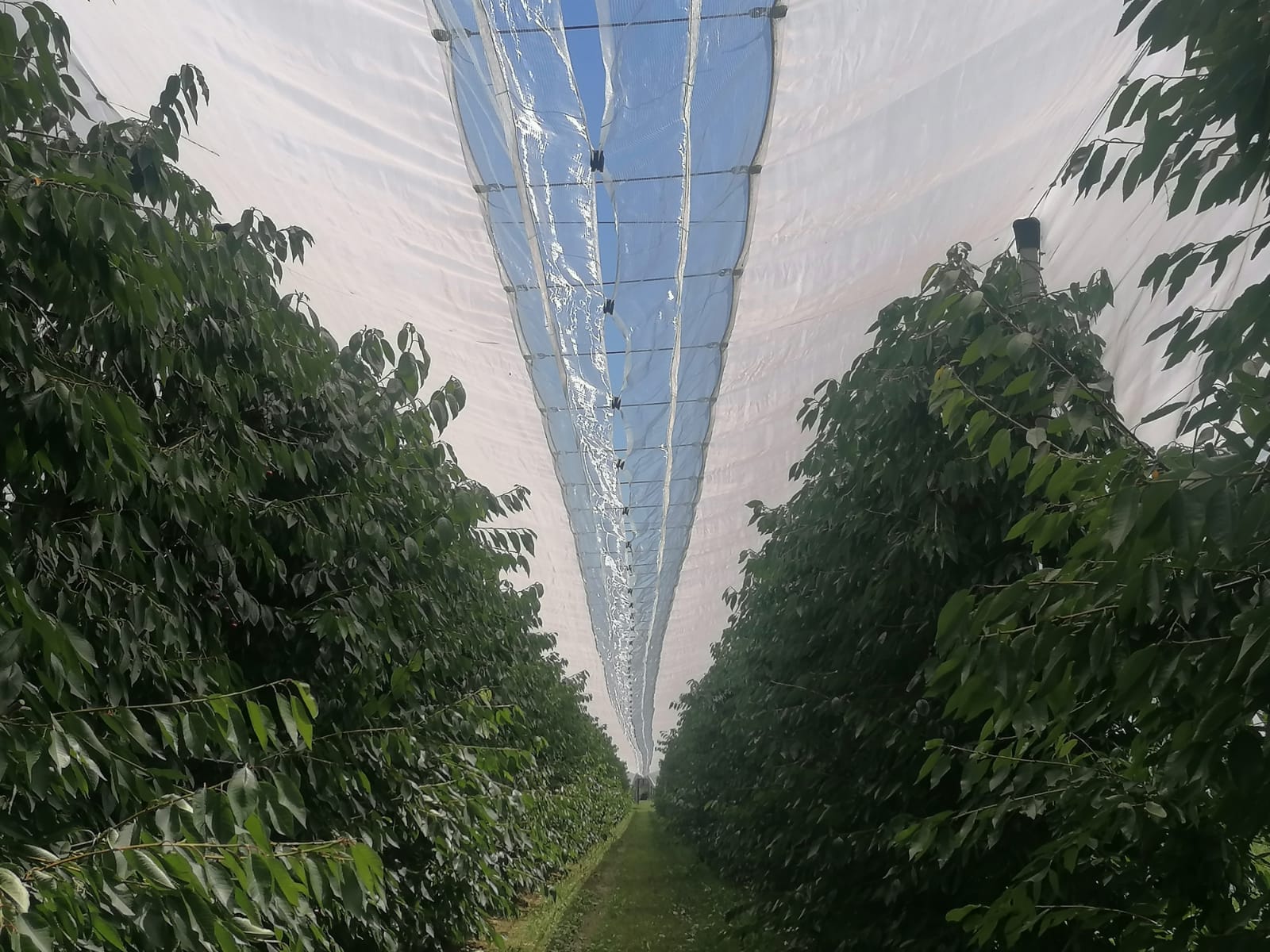About ten years ago, in one of the Bing blocks of grower Terry Fewel, there was a strange early-ripening cherry tree. The workers snacked on the fruits, which would have been too ripe and useless before harvest. "We couldn't figure out what it was because they were huge, 8.5 rows," said Fewel.
Today, Fewel's orchard in Washington's Yakima Valley has 17 acres of this anomalous variety in production. After proving it was genetically unique, he patented it in 2019 and hopes to sell it to the industry at large under the trade name "Zillazeus". (The cultivar, commonly abbreviated as "Zeus", is patented as TF 7142).
Fewel believes that, thanks to the size and harvest schedule of the cultivar, three to five days before Chelan, there will be strong interest in it. And if the interest is strong enough, he plans to create a club management model, with growers paying small royalties on Zillazeus production to gain market recognition.
But before reaching that point, Fewel needs to harvest enough Zillazeus this year to see how it performs with commercial packaging, shipping, and storage. His packer, Monson Fruit Co. of Selah, declined to comment on the variety until they have more experience handling the fruit.
To increase production in his young orchards, Fewel tried a hybrid system that combines a traditional planting of double-row cherries with UFO-trained leaders to temporarily fill the intermediate space. "These little guys have a lot of fruit," he said of the upright shoots that are fruiting when Good Fruit Grower visited them in early May. "For the third year, it's an incredible crop."
Fewel started the trees with four leaders, forming two with the traditional system he prefers and bending the other two to the wire on each side. The result: three to five upright leaders loaded with fruit between the two main leaders of each tree. Fewel plans to grow the branches for a few years and cut them as the main plants grow.
"We want a two-leader tree; we didn't want to wait for it to fill in," he said.
Good Fruit Grower contacted several other Yakima Valley growers who planted the cultivar, but they declined to comment on the details since the trees are not yet in production.
Besides the cultivation style, he is also experimenting with pollinators. Since Zillazeus blooms so early, it has been a challenge to find the right match among already tested Northwest cultivars. In some years, Lapin proved a good solution, but this year it was several days behind the new cherry, and Fewel found himself pollinating with an electrostatic sprayer. Royal Tioga has good timing, but it doesn't like the cherry itself.
Another downside is that birds from all over the valley swoop down on the early-ripening cherry. "The birds will swoop down on the fruit as soon as it's red, so I'm getting ready," said Fewel, speaking with Good Fruit Grower and responding to a call for an order of a ton of sugar to spray as a bird deterrent.
Other positive aspects he highlighted: The cultivar seems to have low susceptibility to mold and pitting and responds well to GA. Additionally, he said, "it's very easy to grow 9.5 or 9-row fruit," with very few 11-row fruit. Willow Drive Nursery has licensed the propagation of the Zillazeus cherry. President Jim Adams said there has been some interest, although tree orders are generally down.
"It's a good substitute for Chelan. Having something that tastes better, is bigger and juicier, I think will help shape the market better," he said. "This is the first year we're ready to go, and we've grown some for 2025 speculation."
Besides the tree royalty, growers who want to plant must sign an agreement to pay 2.75 cents per pound packed, Fewel said, but he is open to any warehouse willing to participate. Club growers can then set quality standards for the size and pressure requirements of Zillazeus-branded cherries, while everything else can be sold as dark sweet.
Read the full article: Good Fruit Grower
Image: Good Fruit Grower
Cherry Times - All rights reserved












